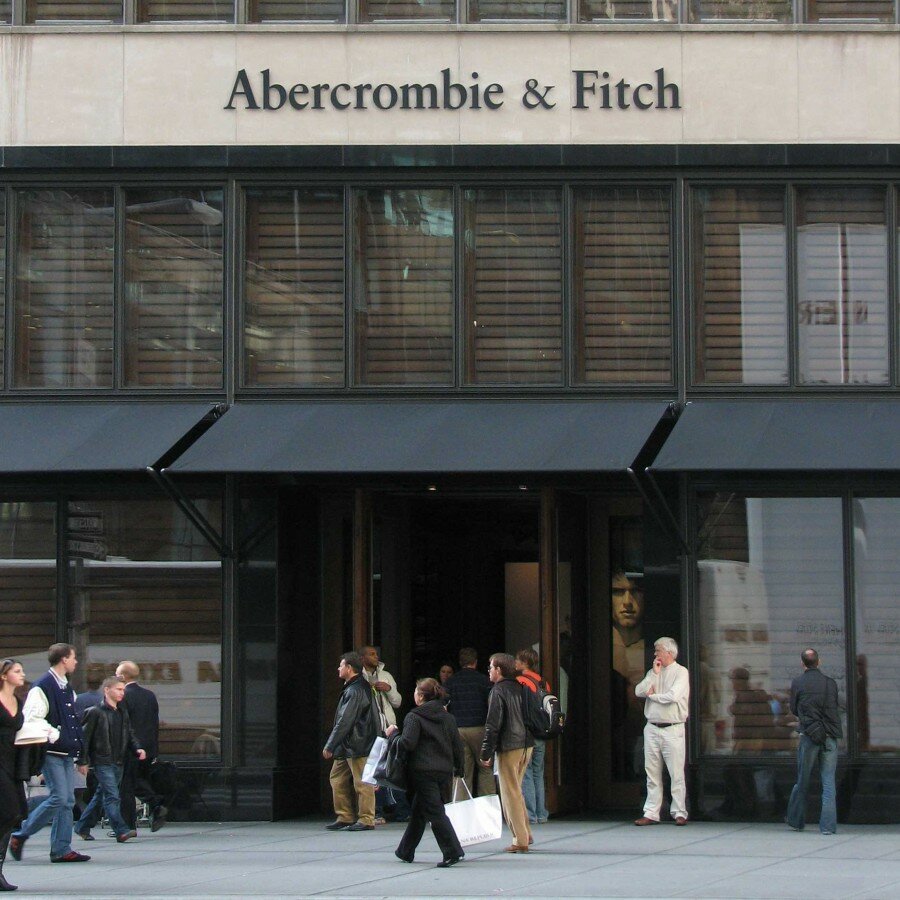Supreme Court rules against Abercrombie and Fitch
Wikimedia
A LOSS FOR ABERCROMBIE AND FITCH: Although very famous for their preppy clothes, retailer Abercrombie and Fitch lost a lawsuit against the Equal Employment Opportunity Commission when the Supreme Court ruled in favor of Muslim woman Elauf. Elauf believed she was not hired because of the hijab she wears for religious purposes, but the retailer said they did not have actual knowledge of her religious circumstances.
June 9, 2015
Hang on for a minute...we're trying to find some more stories you might like.
Email This Story
The Supreme Court ruled against popular retailer Abercrombie and Fitch on June 1 for not hiring a Muslim woman because of her head scarf worn for religious purposes.
The court ruled in favor of Samantha Elauf 8-1.
Junior Emily Guerrin said, “I heard about this case a little while back and I am glad that they voted in favor of that woman. I love shopping at Abercrombie, but they were just plain wrong in this situation.”
The store tried to argue that the employer did not have actual knowledge of Elauf’s religious circumstance.
Abercrombie and Fitch also said that her hijab differed from their “look policy,” which is described as a “classic east coast collegiate style”.
However, the Supreme Court did not agree with their argument and sent the case back down to the appeals court for further consideration.
“An applicant need show only that his need for an accommodation was a motivating factor in the employer’s decision, not that the employer had knowledge of his need,” Justice Antonin Scalia said for the majority.
The issue began back in 2008 when Elauf applied for a job at Abercrombie and Fitch. The assistant manager Heather Cooke interviewed her and Cooke told Elauf about their “look policy,” but concerns regarding Elauf’s hijab did not come up.
When Cooke discussed Elauf with her district manager, Cooke told the manager that Elauf wore a head scarf and she presumed that is was worn for religious purposes. The district manager said that the then 17-year-old Elauf should not be hired because her head scarf went against the stores’s “look policy” of no head gear.
The Equal Employment Opportunity Commission sued the store on behalf of Elauf.
This “look policy” is a long list of guidelines that employees must follow to work at Abercrombie.
Some examples of these rules include:
- facial hair is not acceptable
- highlights should be blended with no steaks
- fingernails should not be more than a quarter inch beyond the tip of the finger.
Sophomore Nicole Levecchi said, “Abercrombie and Fitch’s dress code is crazy. I understand them wanting their employees to look nice and presentable, but a lot of their rules for what they are allowed to wear is ridiculous… I do not think I would want to work there.”
This is not the first time Abercrombie and Fitch has not hired or has fired someone based on their “look policy”.
Two Muslims sued the store for being discriminated against due to their religious practices. One of the Muslim woman claimed that she was fired after she refused to take her hijab off since it went against the “look policy”. The other said she was not hired because of her hijab.
After both of these incidents, Abercrombie and Fitch did change its “look policy” to accommodate religious practices.
Another incident in 2009 involved a woman with a prosthetic arm. She said that because the cardigan she wore to cover up her arm also went against the “look policy”, she was forced to work in a back room and then was fired. The British court, however, did rule in favor of her.
Many people are starting to get fed up with the retailer’s “look policy,” and some believe that this court ruling may have finally put an end to it.
What do you think of the Supreme Court ruling?





Leave a Comment